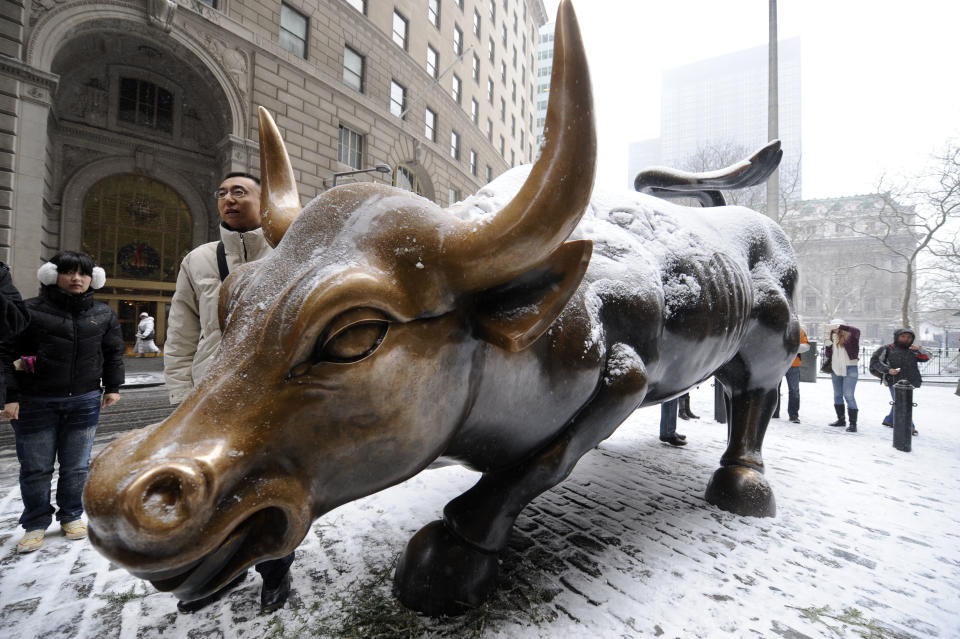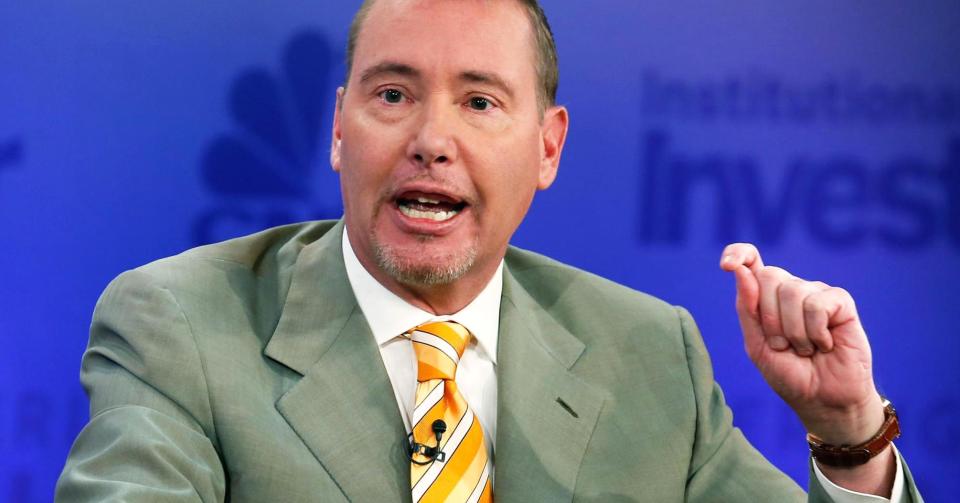'Buy the dip': What Wall Street's most bullish strategist is telling clients

“Buy the dip.”
This is the message from Morgan Stanley equity strategist Michael Wilson in a note to clients published on Monday following last week’s jitters in the stock market that saw Thursday mark one of the weakest sessions of the year.
“Last Thursday’s scary sell off in US stocks was the second one in two weeks,” Wilson writes.
“We think this was simply a ‘re-test’ of the prior week’s correction. Successful re-tests occur when there are positive divergences which is exactly what we observed. As a result, we think this is just another short and shallow dip to buy despite continued handwringing over politics and geopolitics.” (All emphasis is Wilson’s.)
A “re-test” is market slang which means that after an initial drop and recovery in the price of an asset, the price will in time return that initial low to “re-test” the bounce.
Wilson added that, “We are focused on what actually drives stocks and our bull market check list remains intact: Economic and earnings growth, interest rates, inflation, Fed/central banks, credit markets, valuation and technicals.”
Wilson and his team have a year-end price target on the S&P 500 of 2,700, the highest among Wall Street strategists tracked by Bloomberg. In early afternoon trade on Monday the index was sitting near 2,430. The median estimate among strategists is currently 2,500.
Last Thursday’s drop was attributed by some outlets to rumors — later refuted — that Goldman Sachs (GS) alum and President Trump’s chief economic advisor Gary Cohn would be leaving the White House. On Friday, Trump strategist Steve Bannon did depart the administration, though this move did little to move markets.
Wilson said Monday that the recent rounds of upheaval in the White House “could galvanize Congress to get something done,” though it is notable that Wilson’s checklist for what is driving the stock market does not include action from U.S. lawmakers. In other words, politics remain a sideshow for investors and as has been clear for months, trades levered to action from the White House have long been abandoned by investors.
‘A major concern for months’
“Low equity volatility has been a major concern for months,” Wilson adds.
Recent jitters in the market also come on the heels of closely-followed manager Jeffrey Gundlach of DoubleLine Funds calling for a return of volatility to markets after the lack of any instability has been the dominant theme of 2017. A Wall Street Journal article published last week also noted that on Friday, 5.5% of trading during the day was represented by products related to volatility.

“Two weeks ago, markets quickly adjusted on the back of the conflict between North Korea and the United States,” Wilson writes.
“However, it took a second scare this past week to get investors to hedge and de-risk to the point where we can say volatility and risk aversion is now too elevated. We think volatility should be lower and risk taking higher given the environment of low fundamental volatility.”
And so while investors appear disproportionately focused on bets related to the return of volatility to markets, at least one strategist thinks that even these brief bouts of instability are unwarranted.
—
Myles Udland is a writer at Yahoo Finance. Follow him on Twitter @MylesUdland
Read more from Myles here:

